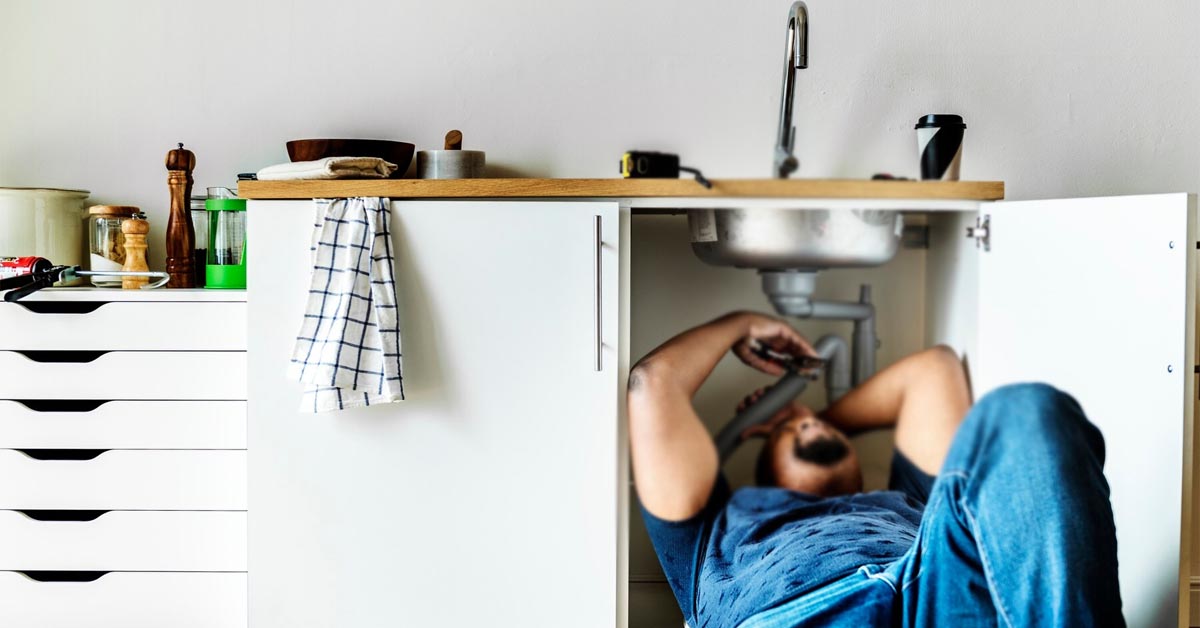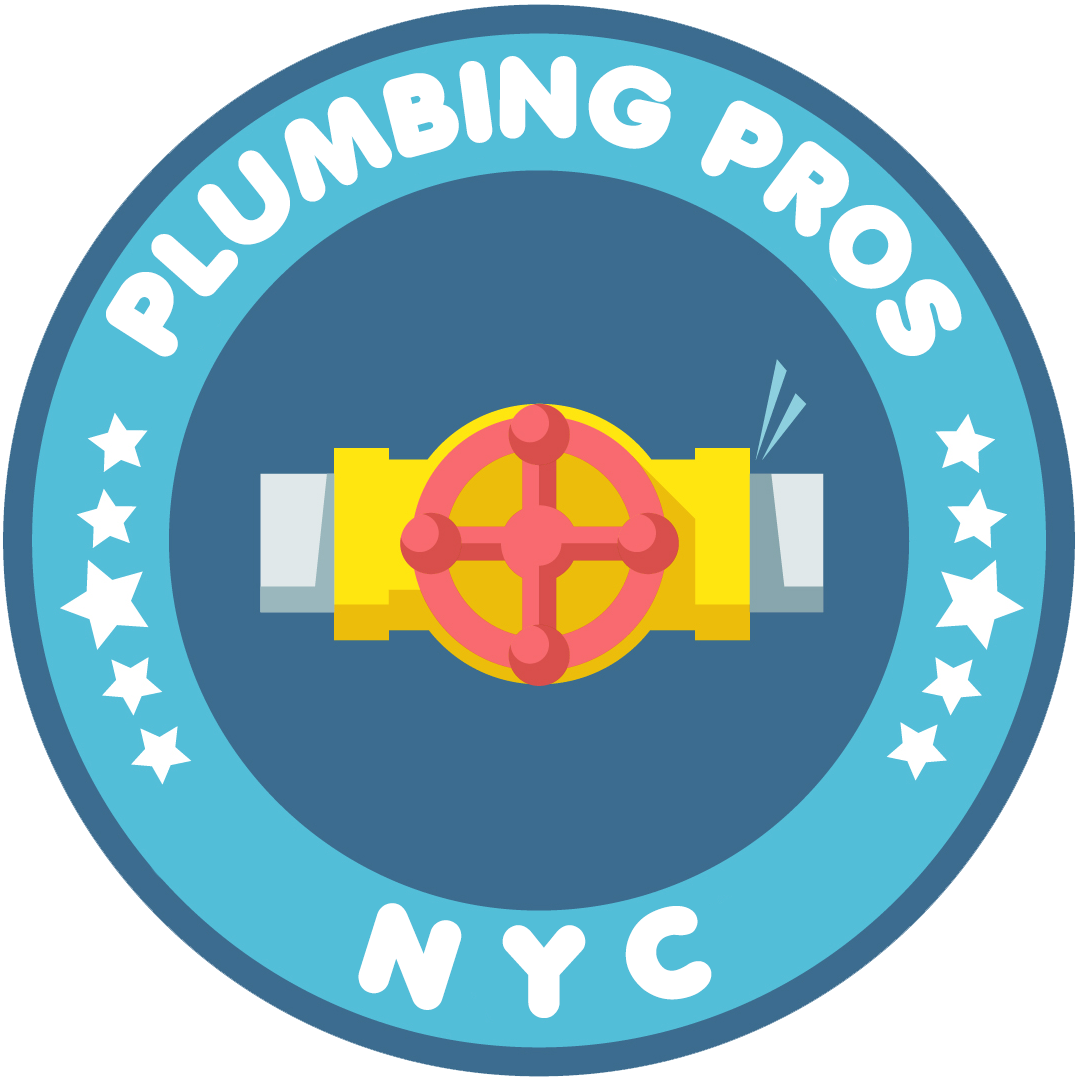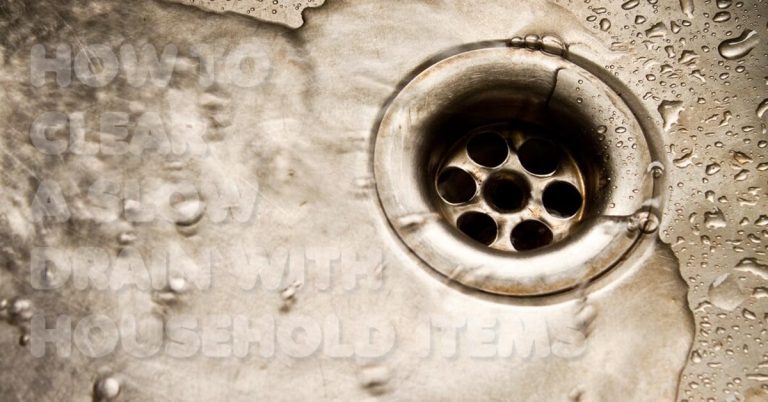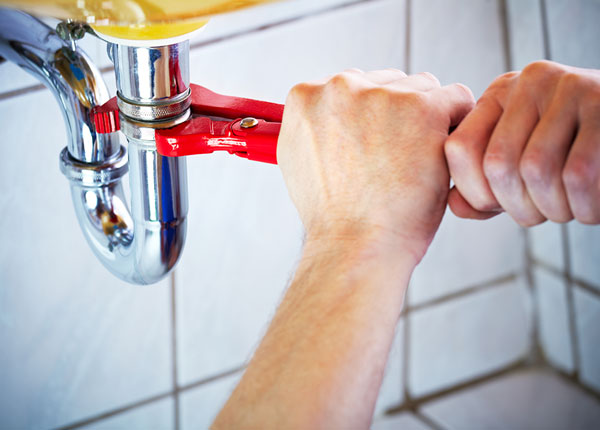How to Unclog a Drain Without Calling a Plumber

We’ve all been there—standing ankle-deep in soapy water because the shower drain is clogged or watching the kitchen sink fill up when it should be draining smoothly. Clogged drains are not just inconvenient; if left unaddressed, they can also lead to unpleasant odors and even water damage.
The good news? You don’t always need to call a plumber to fix a clogged drain. You can tackle most minor clogs yourself with a few simple tools and household items. This guide will show you how to unclog a drain without calling a plumber, saving you time and money.
However, if the problem persists or worsens, NYC 24/7 Plumbing Pros is just a call away. Contact us at (332) 233-7070 for professional drain cleaning services available 24/7.
Table of Contents
Common Causes of Clogged Drains
Before you start unclogging your drain, it helps to understand what might be causing the blockage. Here are the most common culprits:
Hair and Soap Buildup
In bathroom drains, hair, and soap scum are the usual suspects. Hair strands combine with soap residue to create a sticky, tangled mess that obstructs water flow. Over time, this buildup hardens, making it difficult for water to pass through.
Food Particles and Grease
Kitchen drains often get clogged with food particles, grease, and cooking oil. These substances stick to the inner walls of pipes, gradually narrowing the passage and causing blockages.
Foreign Objects and Debris
Small objects like toothpaste caps, jewelry, or even small toys can accidentally fall into drains, leading to stubborn clogs. Dirt, sand, and other debris can accumulate and cause blockages over time.
Mineral Buildup
If you live in an area with hard water, mineral deposits can build up inside pipes, restricting water flow and eventually causing clogs. This is especially common in older plumbing systems.
Safety Precautions Before Unclogging a Drain
Before you roll up your sleeves and get to work, follow these safety precautions to ensure a safe and successful DIY drain cleaning:
Protective Gear
Always wear rubber gloves to protect your hands from bacteria, chemicals, and sharp objects that may be lodged in the drain. Safety glasses are also recommended to shield your eyes from splashes.
Proper Ventilation
If you’re using cleaning solutions, ensure the area is well-ventilated to avoid inhaling harmful fumes—open windows and doors to allow fresh air circulation.
Turn Off Water Supply
Before you start any drain-clearing method, turn off the water supply to avoid accidental flooding. This is especially important when working on sinks or toilets.
5 DIY Methods to Unclog a Drain
1. Boiling Water Method
When to Use It:
The boiling water method works best for minor clogs caused by grease, soap scum, or other soft buildups. Please avoid using this method on PVC pipes, as extreme heat can weaken them.
Step-by-Step Guide:
- Bring a pot of water to a rolling boil.
- Carefully pour the boiling water down the drain in small stages, pausing between each pour to allow the hot water to dissolve the blockage.
- Repeat the process two or three times if necessary.
Why It Works:
Boiling water melts grease and dissolves soap residue, flushing away soft obstructions.
2. Baking Soda and Vinegar Method
When to Use It:
This natural cleaning solution is perfect for clearing mild clogs caused by organic materials such as food particles, soap scum, and hair.
Step-by-Step Guide:
- Pour half a cup of baking soda down the clogged drain.
- Add one cup of white vinegar and immediately cover the drain with a plug or cloth to contain the fizzing action.
- Let the mixture sit for 15-20 minutes, allowing the chemical reaction to break down the clog.
- Flush the drain with boiling water to clear away any remaining debris.
Why It Works:
The chemical reaction between baking soda (a base) and vinegar (an acid) produces carbon dioxide bubbles that help break down organic material and dislodge minor clogs.
3. Plunger Method
When to Use It:
A plunger effectively clears slow drains in sinks, tubs, and toilets caused by soft blockages.
Step-by-Step Guide:
- Cover any overflow openings with a wet cloth to create better suction.
- Place the plunger firmly over the drain, ensuring a tight seal.
- Push and pull the plunger vigorously for about 30 seconds.
- Lift the plunger to see if the water drains. Repeat if necessary.
Why It Works:
The plunger’s pressure forces the clog through the pipe, restoring normal water flow.
4. Drain Snake (Plumber’s Auger)
When to Use It:
A drain snake is perfect for stubborn clogs caused by hair, food particles, or other debris lodged more deeply in the pipes.
Step-by-Step Guide:
- Insert the drain snake into the drain opening and push it in until resistance is felt.
- Rotate the handle clockwise to latch onto the clog.
- Gently pull the snake out, bringing the clog with it.
- Flush the drain with hot water to clear any remaining residue.
Why It Works:
The spiral end of the drain snake grabs and removes hair and other blockages effectively.
5. Wet/Dry Vacuum Method
When to Use It:
This method is highly effective for stubborn clogs in sinks and shower drains when other methods don’t work.
Step-by-Step Guide:
- Set the vacuum to “liquid” mode.
- Cover the drain tightly with the vacuum hose to create a seal.
- Turn on the vacuum to suck out the clog.
- Inspect the vacuum canister for the removed debris.
Why It Works:
The strong suction power of the vacuum pulls the blockage out of the drain.
Preventive Tips to Avoid Future Clogs
- Use Drain Screens – Install mesh screens to catch hair, food particles, and debris.
- Avoid Pouring Grease Down the Drain – Dispose of grease and cooking oil in a container.
- Regular Flushing – Pour boiling water down the drain once a week.
- Monthly Maintenance – Use baking soda and vinegar to keep the drains clear.
When to Call a Professional Plumber
- Persistent Clogs – If the drain remains slow or clogged after multiple DIY attempts.
- Multiple Clogged Drains – This could indicate a serious issue in the main sewer line.
- Foul Odors – Persistent bad smells may signify a sewer line issue.
- Water Backups – Water backing up in sinks, tubs, or toilets is a sign of a significant blockage.
NYC 24/7 Plumbing Pros offers expert drain cleaning services 24/7. Call us at (332) 233-7070 for fast and reliable assistance.
With these easy DIY methods, you can tackle most minor clogs without professional help. However, if the problem persists or involves multiple drains, don’t hesitate to contact NYC 24/7 Plumbing Pros.
Call us today at (332) 233-7070 or visit nycplumbingpros.com to schedule a service.






